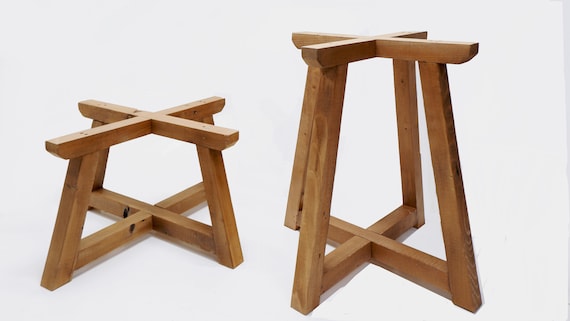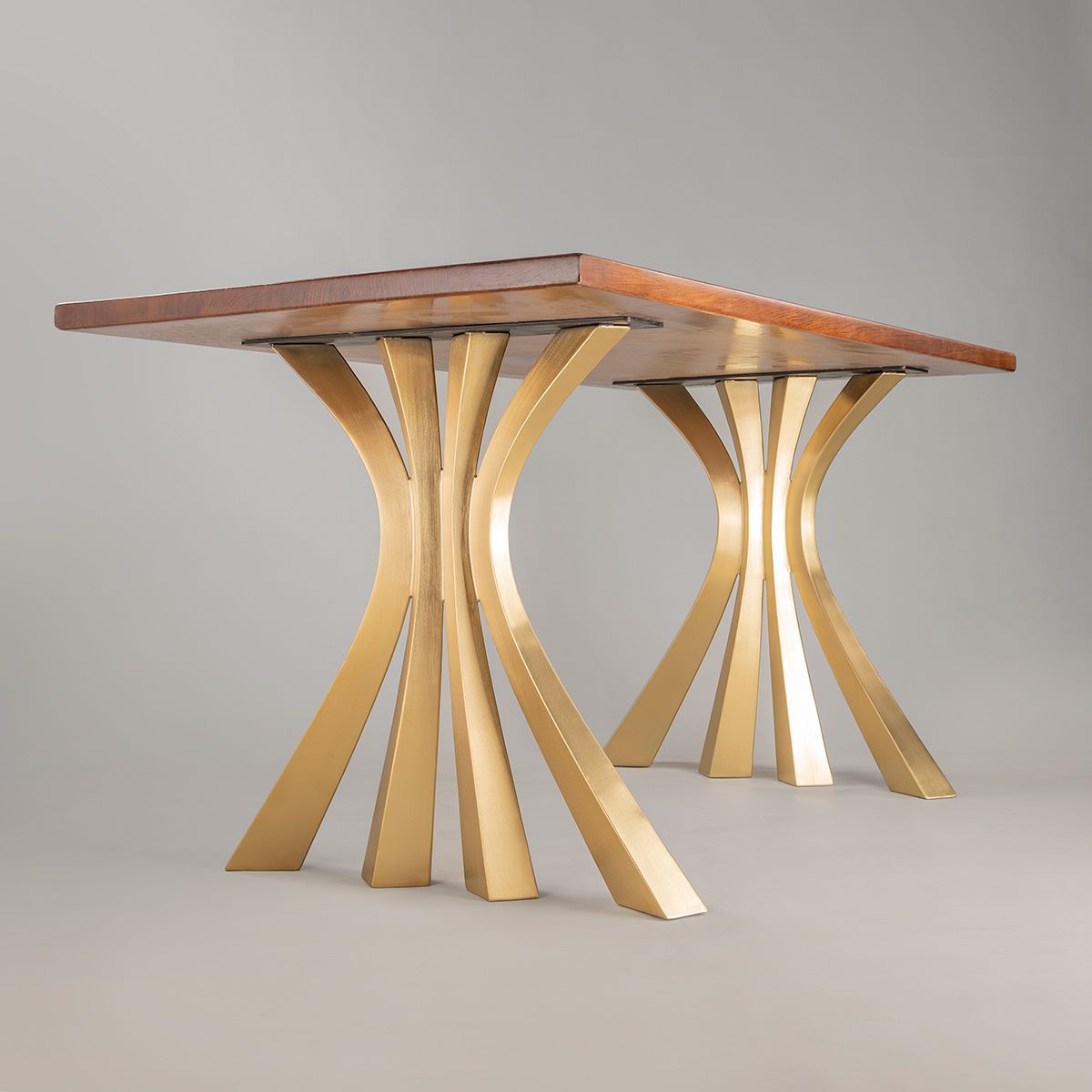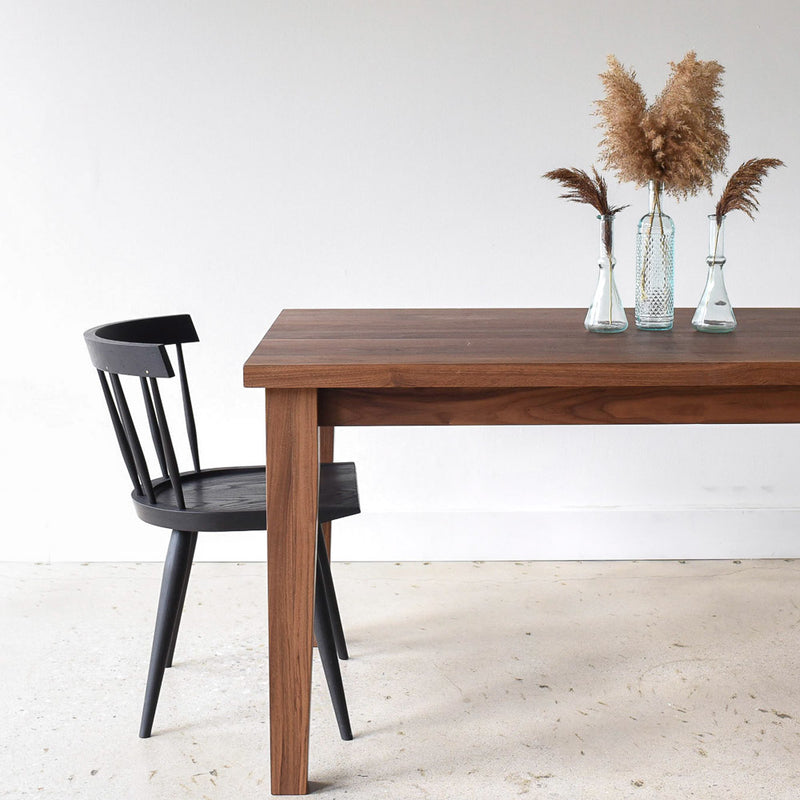Tough and Stylish Options for Long Lasting Dining Table Legs Wood Solutions
Discovering the Different Kinds of Dining Table Legs Timber for Your Dining Area
The selection of eating table legs wood can exceptionally influence both the practical and visual top qualities of your eating space. Strong timber choices, such as oak and walnut, supply a classic appearance with unparalleled resilience, while engineered timber choices use cutting-edge layouts that imitate the splendor of all-natural grains. In addition, the growing pattern of reclaimed timber presents a lasting aspect that interest eco mindful customers. As we check out these numerous alternatives, it becomes important to take into consideration not just the aesthetic appeal but likewise the useful effects of each product selection. What factors should lead your choice?
Solid Wood Options

Unlike crafted materials, solid wood is much less prone to bending and damage over time when effectively kept. Each item of solid timber is special, showcasing private features that add to the charm and personality of the eating table.
Furthermore, strong wood can be finished in numerous means, varying from all-natural oils to tarnished coatings, enabling property owners to personalize their furnishings to match their design. In recap, picking solid timber for dining table legs not only makes certain structural honesty however likewise enhances the aesthetic charm of the dining location, making it a beneficial investment for any type of home.
Engineered Timber Alternatives

Plywood, built from numerous layers of wood veneer, is stable and particularly strong, making it an outstanding choice for dining table legs. Its layered structure permits it to stand up to modifications in humidity and temperature level much better than standard solid wood. MDF, on the other hand, offers a smooth surface area for paint or veneering, enabling developers to attain a sleek look while preserving architectural honesty.
When choosing engineered wood options, it is necessary to take into consideration the intended use and preferred aesthetic. These materials not only improve the performance of dining areas however likewise enable for higher style versatility, making sure that modern and standard designs can coexist sympathetically.
Reclaimed Timber Features
Reclaimed wood uses an one-of-a-kind mix of sustainability and personality, making it visit our website a progressively prominent option for dining table legs. Sourced from old barns, factories, and various other frameworks, recovered timber personifies a background that new materials simply can not reproduce. Each item brings its own tale, noted by unique imperfections, knots, and differing grain patterns, which add to a table's special aesthetic appeal.
Along with its aesthetic charm, reclaimed timber is an ecologically friendly option. By repurposing formerly utilized materials, it lowers the need for new lumber, hence assisting to reduce and conserve forests waste. This aligns with an expanding consumer preference for lasting practices in furnishings.
Additionally, redeemed wood is frequently more sturdy than recently collected timber due to its age. The all-natural drying procedure that reclaimed timber undergoes cause a denser and stronger material, making it much less vulnerable to bending and splitting. This improves the long life of dining tables, enabling them to withstand the roughness of daily usage.
Softwood vs. Hardwood
When choosing eating table legs, recognizing the distinctions between softwood and hardwood is important for accomplishing both useful and aesthetic goals. They generally display an even more rustic appearance, making them appropriate for informal or country-style eating areas.
On the various other hand, woods, sourced from deciduous trees like cherry, oak, and maple, are renowned for their thickness, toughness, and durability. The intricate grain patterns and rich hues of woods give a innovative and classic charm, making them optimal for formal dining setups. While hardwoods have a tendency to be a lot more costly and heavier, their resilience versus damage often justifies the financial investment.
Eventually, the choice between softwood and wood for eating table legs ought to align with your layout vision, use needs, and budget, ensuring that your eating area reflects your individual design while remaining functional with time.

Treatments and surfaces
The aesthetic appeal and longevity of table legs can be considerably boosted via numerous surfaces and treatments. These processes not just shield the timber from damages however also elevate its look, permitting it to match diverse interior designs.
One typical treatment is staining, which passes through the timber and improves its natural grain while including shade. Spots provide an abundant, classy appearance, making it possible for home owners to match their furniture with existing design. Alternatively, clear finishes such as polyurethane or varnish create a safety layer without changing the wood's original hue, making certain resilience against damage.
Additionally, all-natural oils, like tung or linseed oil, nourish the wood and supply a refined luster, all while being green. These oils allow the surface to take a breath, avoiding moisture build-up and potential bending.
For those looking for a rustic beauty, weathered or distressed surfaces can be related to create an aged look, adding personality to the piece. Inevitably, the choice of treatments and coatings relies on personal choice, desired aesthetics, and the details wood type, making it important to consider these aspects when picking table legs for your room.
Final Thought
Strong woods, crafted alternatives, and redeemed alternatives each offer distinct advantages, catering to different preferences and requirements. Eventually, the choice of wood kind need you can check here to line up with wanted design, toughness, and ecological factors to consider, boosting the total dining experience.
The option of dining table legs wood can exceptionally influence both the visual and useful top qualities of your eating space - Dining Table Legs Wood. Solid timber choices, such as oak and walnut, offer a timeless look with unparalleled resilience, while crafted timber choices use ingenious layouts that imitate the richness of all-natural grains. Strong timber uses an ageless high quality that can elevate the general style of a dining area. Each item of strong wood is one-of-a-kind, showcasing private features that include to the beauty and character of the eating table
Additionally, recovered timber is usually much more resilient than recently harvested find more wood due to its age.